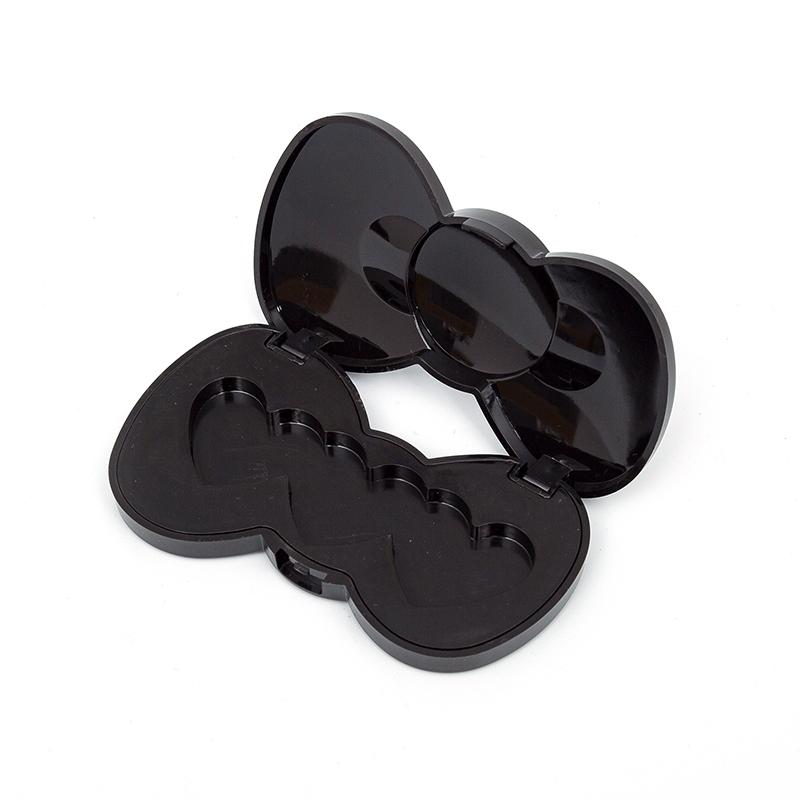The evolution of the eyeshadow case reflects the broader changes in makeup trends and societal attitudes toward beauty. From ancient civilizations to contemporary beauty culture, the eyeshadow case has undergone significant transformations, adapting to the needs and preferences of users throughout history.
In ancient Egypt, the use of cosmetics was deeply intertwined with cultural and spiritual practices. Egyptians utilized natural pigments to create eye makeup, often stored in small, ornate containers. These early eyeshadow cases were crafted from precious materials like gold and alabaster, symbolizing the importance of beauty in their society. This small container served not only as a practical storage solution but also as a status symbol, reflecting the wealth and sophistication of its owner.
As we move into the medieval and Renaissance periods, the use of makeup became more regulated, particularly in Europe. During these times, this small container evolved to accommodate the changing beauty standards. While makeup was often frowned upon in certain circles, it remained popular among the elite. The eyeshadow cases of this era were often intricately designed, showcasing the craftsmanship of artisans. They were typically larger and more elaborate, reflecting the opulence of the time.



